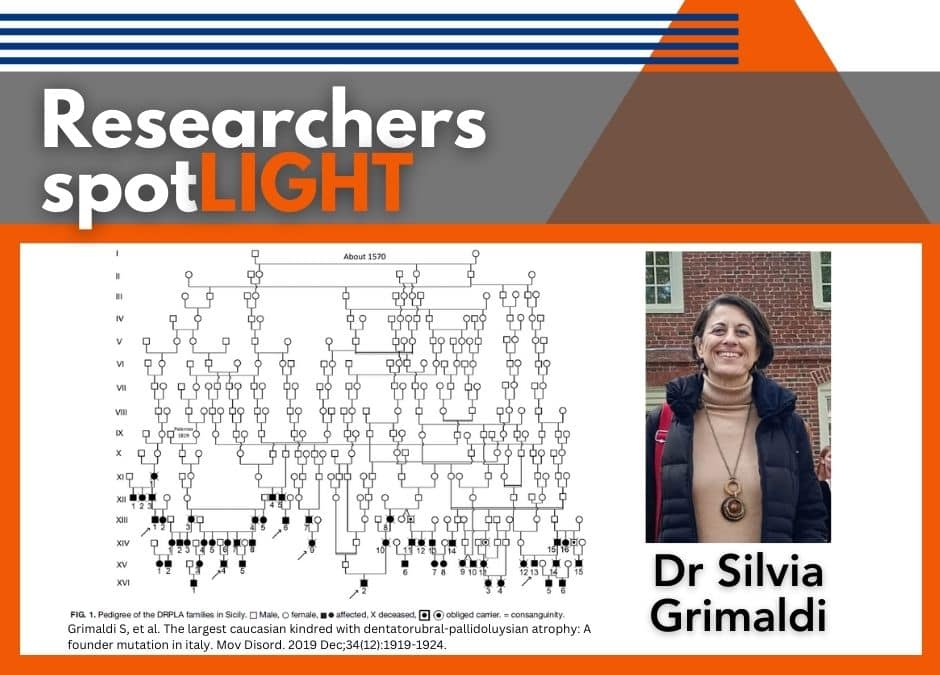In a study led by neurologist Silvia Grimaldi based in Trapani (Italy) and other professionals they reconstructed the largest family tree of DRPLA-affected individuals. Grimaldi and her collaborators investigated 6 apparently unrelated families with DRPLA, totaling 51 affected individuals. Surprisingly, their work revealed that these 6 families were interconnected through the same family three originating from a single couple in Monte San Giuliano, Italy, in the late 1500s.
The study covered a substantial geographical area of 7,452km2 in western Sicily, particularly in the territory of Trapani. Researchers visited patients locally and gathered more information through interviews with relatives, from medical histories, and clinical records. They reconstructed family trees using ancestorial data from municipal archives, parish registries, libraries, and cemeteries. The result? A unique pedigree involving approximately 7,000 individuals over 16 generations, highlighting a high rate of consanguinity. Consanguinity refers to the degree of closeness between individuals, specifically in terms of blood relationships and shared ancestry.
A single couple considered the ancestors was identified living in the 1500s in Monte San Giuliano (now known as Erice), an ancient town belonging to the territory of Trapani. Delving into historical records, the researchers found that Monte San Giuliano was under Spanish domination in the 1500s, with its port serving as a pivotal hub for military and commercial exchanges. Notably, only Spanish and Portuguese kingdoms engaged in trade relationships with Japan during that era. This historical context, combined with genetic evidence, suggests that DRPLA may have been introduced to Italy by Spanish or Portuguese sailors involved in trade with Japan.
Beyond establishing the familial link, the study investigated the diverse clinical features of DRPLA. Individuals with DRPLA presented different symptoms and the trajectory of decline varied among affected individuals. Before this study, it was thought that behavioral and psychiatric disorders were only present in individuals with adult-onset DRPLA. However, these researchers showed that such disorders equally occurred in juvenile-onset patients.
This study also showed that DRPLA can be preserved over time in peculiar geographical areas, which could explain why it is more common in some areas like Portugal and Wales but less common in other European countries. Silvia Grimaldi’s study not only revealed the extensive roots of DRPLA but also deepened our understanding of its clinical diversity and geographical patterns.
Silvia Grimaldi is based at Consorzio Siciliano di Riabilitazione – Associazione Italiana Assistenza Spastici and this study was published in 2019 in the Movement Disorders journal. Grimaldi S, et al. The largest caucasian kindred with dentatorubral-pallidoluysian atrophy: A founder mutation in Italy. Mov Disord. 2019 Dec;34(12):1919-1924.

